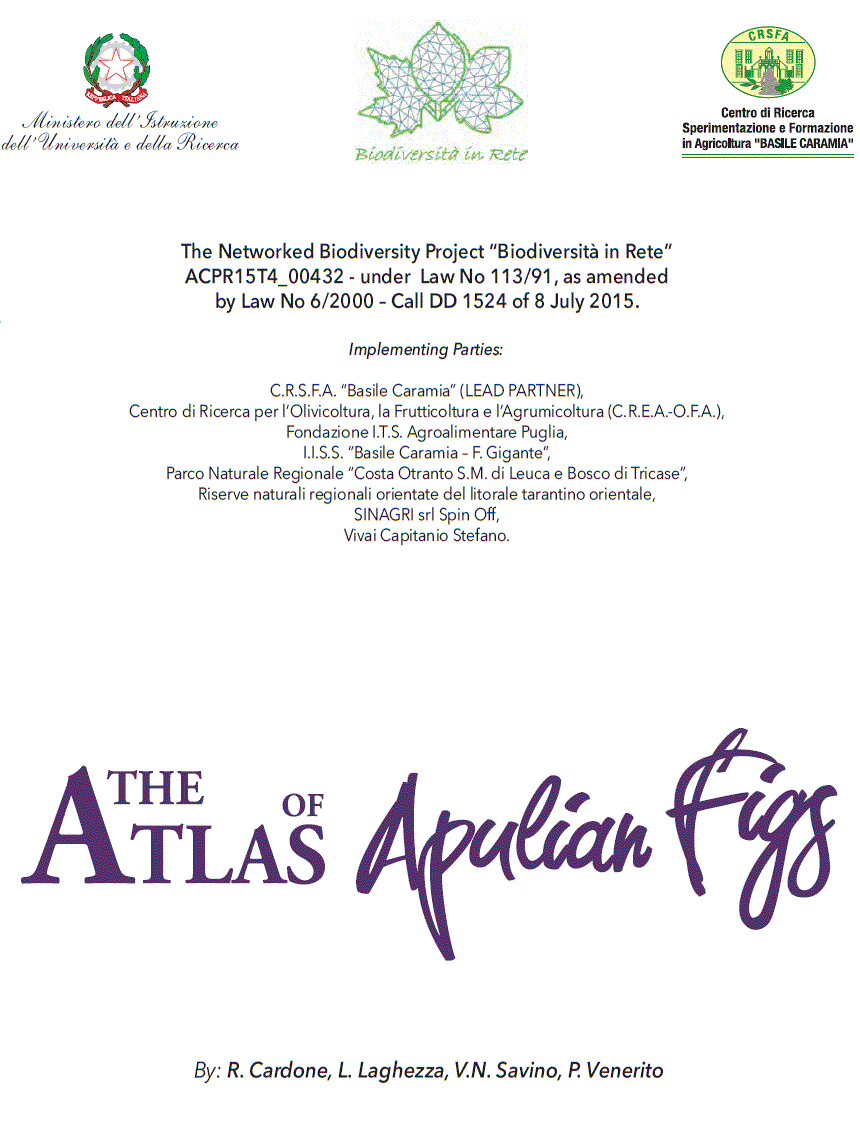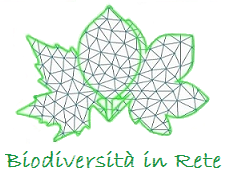Atlases conjure up images of journeys and trails to discovery inscribed in emotional cartography, as it must have been for late eighteenth- and early nineteenth-century travellers. Unravelling more than just physical terrains, they embolden us to venture on the way to knowledge. These are the feelings you are undoubtedly going to experience while leafing through the pages of ‘The Atlas of Apulian Figs’, which tells the fascinating tale of an iconic local fruit. A thoroughly researched book, it offers a geographic narrative tour of the land where the fig grows, from shorelines to hill tops, amidst ravines and rocky spurs.
I like to think that a book of this kind is but another fruit of the prolific seedling of knowledge, which started sprouting back in December 2016, under the Networked Biodiversity (“Biodiversità in Rete”) project. Embedded in these pages is genuine pride for a boldy accepted challenge – that of leveraging public-private partnerships. The twin concepts of commitment and complicity, which resonate strongly with this particular project, have long operated as a methodological and navigational tool in relation to a number of activities. Over the years, “Basile Caramia” CRSFA, as the Lead Partner, alongside the Centre for Olive, Fruit and Citrus (CREA-OFA), the Apulian Agrifood Foundation, “Basile Caramia – F. Gigante” Senior High School, the “Costa Otranto S.M. di Leuca e Bosco di Tricase” Regional Nature Park, the Taranto Coast Reserves, SINAGRI srl, and Capitanio Stefano Nurseries have been central in campaigning for biodiversity conservation.
This book – published by “Basile Caramia” CRSFA in Locorotondo, Italy – follows on the heels of the Atlante dei Frutti Antichi di Puglia [the Atlas of Apulian Ancient Fruits] published by CRSFA under the 2014-2020 Rural Development Programme – Measure 10.2.1 «Projects for Conservation and Development of Genetic Resources in Agriculture»; carryover of RDP 2007-2013 Measure 214 – Action 4, Sub-action a): Integrated Projects for Biodiversity, Recovery of Apulian Fruit Germplasm (Re.Ge.Fru.P.), funded by the Apulia Region.
The inspiration was the realization that the fig encapsulates past history, lore, and dietary patterns that are worth reviving. It is a fruit which speaks volume of the sediments of a culture shaped by past ruling populations, but which also stands as a token of the peasant way of life – with farmers gaining their livelihood by the sweat of their brow. A treasured item of sustenance for farm laborers, tenants and sharecroppers, it was the poor man’s food.
There is so much beauty in fig varieties, you feel like you can’t take it. But there is also an inherent economic value, as fig trees rank third in importance (after olive trees and vines) among the woody species that have boosted the regional economy.
What a thrill it is to browse through these pages, which list 80 plus cultivars of second-crop figs and 18 cultivars of breba figs. And these are not just numbers. Figs are a real treat for both the eyes and the palate, and may turn into a pretext for taking a deep dive into the orchard, and remaking a sense of place.
This Atlas was written as part of a dissemination effort, but it is also a call to action. A call to conservation of that which has been mistakenly downgraded to a minor fruit. To protect the fig we need to raise its status and give its dignity back. But most of all we need to make it noble again.
Prof. Vito Nicola SAVINO
Project Manager
Download Atlas:

